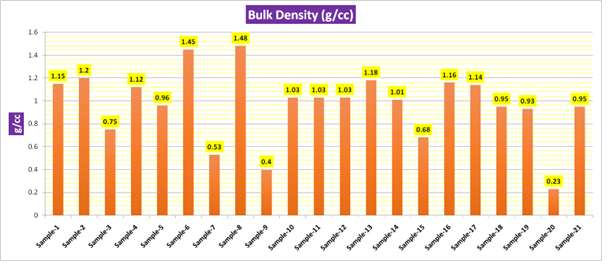Analysis of industrial solid waste for secure and eco-friendly disposal by incineration practices
Keywords:
Incineration, Heavy metals, Industrial waste, Calorific value, Bulk densityAbstract
Solid waste management poses significant environmental challenges worldwide, particularly in developing nations like India, where unscientific disposal of industrial solid waste (ISW) leads to severe environmental and health concerns. With the increasing demand for energy, there is a growing emphasis on developing alternative fuels and optimizing waste management systems across all production stages. Among various methods, incineration has emerged as a sustainable alternative to landfilling, addressing issues such as soil, groundwater, and air pollution while generating energy. This study investigates 21 industrial waste samples from Visakhapatnam to evaluate their physical and chemical properties for secure and eco-friendly incineration. Key parameters analyzed include bulk density, pH, calorific value, and heavy metal concentrations. Bulk density values ranged from 0.23 to 1.48 g/cc, and pH levels varied from highly acidic (1.36) to slightly alkaline (11.74), with some falling outside the prescribed range of 4--12 for incinerable waste. Calorific values revealed substantial variation, with some exceeding the limit of 2500 Cal/gm, highlighting their potential for energy recovery. Heavy metal analysis demonstrated compliance with regulatory limits for most samples. Total zinc, copper, and chromium concentrations were within acceptable ranges, while cadmium concentrations (up to 8.5 mg/kg in certain samples) necessitate closer monitoring to mitigate potential environmental risks. Nickel concentrations were below the detection limit of 7.0 mg/kg, and lead levels remained well within permissible limits. The findings indicate that most waste samples are deemed suitable for incineration, posing minimal leaching risks. This study provides critical insights into optimizing waste-to-energy processes and reactor design, contributing to sustainable waste management practices and energy recovery solutions.

Published
How to Cite
Issue
Section
Copyright (c) 2025 Chinnarao Menda, Ch. Ramakrishna, V D N Kumar Abbaraju

This work is licensed under a Creative Commons Attribution 4.0 International License.






